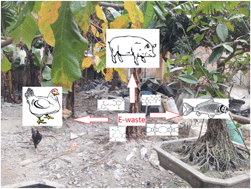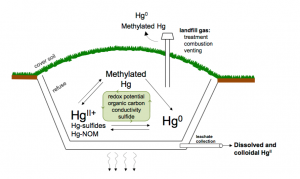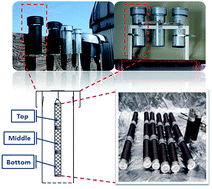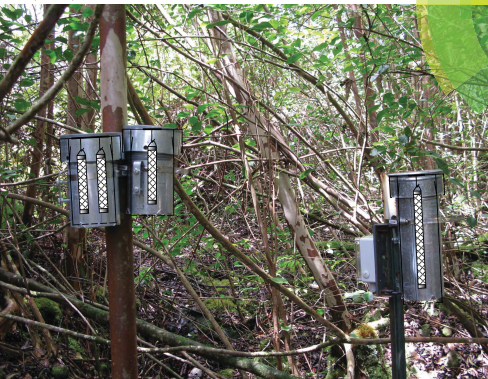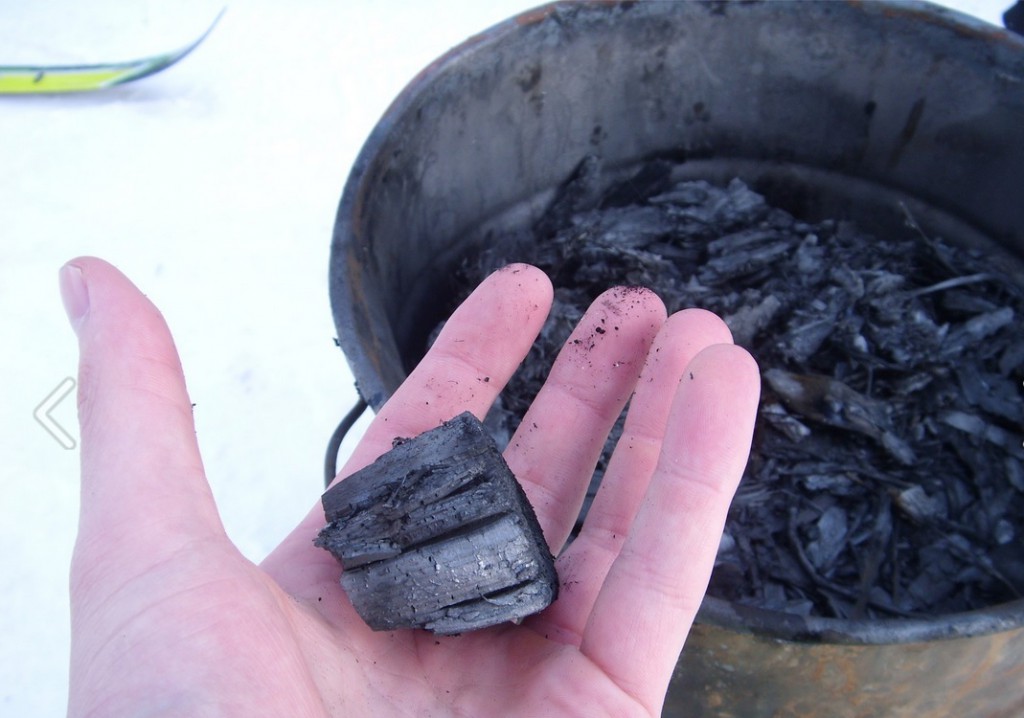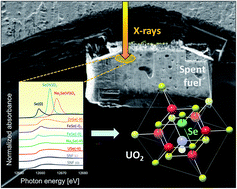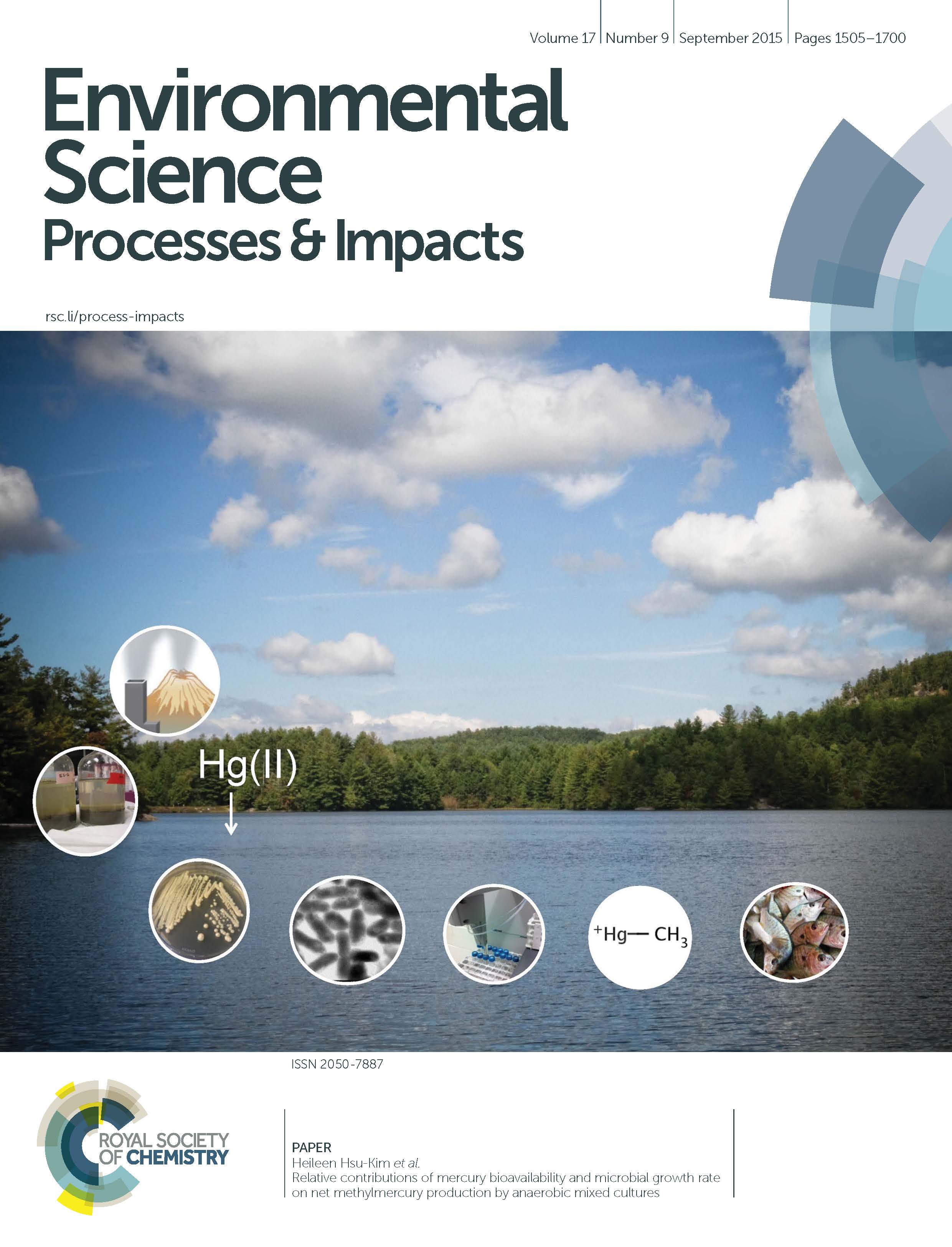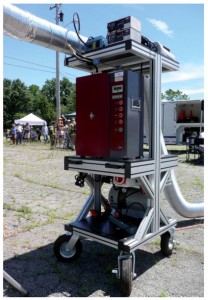The re-use of waste waters for crop irrigation is becoming an increasingly popular practice, particularly in arid, water-stressed regions of the world. A new study by researchers from the U.S. Salinity Laboratory and the Institute of Soil and Environmental Sciences at the University of Agriculture in Faisalabad, Pakistan, investigates the potential agronomic and environmental impacts this can have on farmlands, shedding light on the challenges for long-term management of water usage and crop production.
Depletion of freshwater resources is one of the most important issues facing future global development. Finite water resources are becoming increasingly stressed by an ever-growing world population and associated demand for food production. Furthermore, the increased frequency of drought in many areas resulting from climate change and resource degradation due to pollution make the task of ensuring the global population have access to enough clean water increasingly difficult. The United Nations have warned that, under existing climate change scenarios, almost half the world’s population will be living in areas of high water stress by 2030.
An increasingly popular option to cope with increased water demand for agriculture is to re-use waste water or degraded water for crop irrigation. For example, dairy lagoon wastewater has been proposed as an alternate water resource in agriculture, as this can be a plentiful source of essential nutrients and organic matter. Indeed, the Food and Agriculture Organization (FAO) produced a report presenting “an economic framework for the assessment of the use of reclaimed water in agriculture”. This could also have the additional benefit of alleviating the need for the costly and difficult storage, treatment and disposal of large volumes of waste water.

Crop irrigation system (http://www.access-irrigation.co.uk)
However, degraded water will also contain contaminants, particularly salts and heavy metals such as zinc (Zn), copper (Cu), nickel (Ni), arsenic (As), cadmium (Cd), and lead (Pb). This could mean the benefits of using wastewater could be offset due to increasing soil salinity and accumulation of potentially bioaccumulative toxins, which could have a negative impact on crop yield and quality, as well as wider reaching environmental problems. There is therefore a need for a greater understanding of how using dairy lagoon wastewater could impact the quality of agricultural land and the surrounding environment.
While the physical, chemical, and biological characteristics of degraded waters are generally well studied, the impact of its reuse on agricultural lands over long timescales is not well understood. In this study by Dennis Corwin and Hamaad Raza Ahmad, a field-scale impact investigation of dairy lagoon water reuse on agricultural soil characteristics was carried out. This represents the first study of this kind to be conducted at this spatial or temporal scale.
In the study, soil samples were collected at locations identified from apparent soil electrical conductivity (EC) measurements, a property of soil that reflects several soil physical and chemical properties (including soil salinity, texture, water content, bulk density, organic matter, and cation exchange capacity). Samples were taken at a number of different depth increments in an agricultural area in San Jacinto, California, first in 2007 and again in 2011, to establish the effect of using dairy lagoon water blended with recycled or well water on agricultural land over a 4 year irrigation period.
Chemical analyses of soil samples were carried out to determine key characteristics of the soil. This included the salinity, pH, SAR (sodium adsorption ratio), trace elements (As, B, Mo, Se), and heavy metals (Cd, Cu, Mn, Ni, Zn). The authors note that, from an agronomic perspective, the salinity, SAR, and B are of greatest concern, while from an environmental perspective, the salinity and Cu present the greatest potential effect upon groundwater safety.
The results suggest the reuse of dairy lagoon water presented very little detrimental environmental or agronomic impacts over the 4 years of the study duration. However, there were a number of potential long-term concerns that the study raises. For example, the pH values at all soil depths were shown to decrease. Additionally, potential long-term agronomic effect of salinity, SAR, and B levels, and the long-term environmental threat of salinity and Cu was highlighted. The accumulation of Cd, Mn, and Ni in the soil profile was also observed, raising concerns over the potential for metal contaminants such as these to leach from the soil in the future.
The authors note that, while the results demonstrated the short-term (4 year) viability of dairy lagoon water reuse as an alternative water resource for agriculture, the longer-term sustainability of dairy lagoon water reuse as a viable alternative for crop irrigation requires regular monitoring of soil properties to allow adequate site-specific management.
This study demonstrates that EC-directed soil sampling can be used to monitor spatial and temporal changes in the chemical characteristics of agricultural soils due to degraded water reuse. This could help pave the way for studies over wider spatial and longer temporal scales and can help producers optimise crop yields while at the same time mitigating detrimental environmental impacts. Based on their observations, the authors provide a number of specific recommendations for achieving this most effectively. This method has clearly delivered an extensive spatio-temporal dataset, which highlights many of the challenges for successfully managing agricultural land irrigated by degraded wastewater.
The authors highlight the broad geographical relevance and impact of this research as it concerns the viability of degraded water reuse on irrigated, agricultural lands in arid regions throughout the world (e.g. northeast China, Middle East, North and Eastern Africa, Eastern Australia, India and Pakistan), where the reuse of degraded water is a major supplemental source of irrigation water.
To read more about this research, download a copy of the manuscript for free* by clicking the link below.
Spatio-temporal impacts of dairy lagoon water reuse on soil: heavy metals and salinity
Dennis L. Corwin and Hamaad Raza Ahmad
Environ. Sci.: Processes Impacts, 2015, Advance Article
DOI: 10.1039/c5em00196j
—————-
About the webwriter
Ian Keyte is a Doctoral Researcher at the University of Birmingham. His research focuses on the sources, behavior and fate of polycyclic aromatic hydrocarbons (PAHs) in the atmosphere.
—————-
* Access is free until 22/10/2015 through a registered RSC account.


